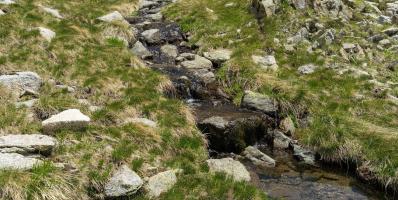Sergio Osorio defends his doctoral thesis and shows that the rules of ecology can still be revised
Are the insects which begin their adult life in the coldest months the largest? An accepted paradigm within ecology, Bergmann's rule, says that organisms in the coldest regions of the Earth tend to be larger. Two months ago, Sergio Osorio presented his doctoral thesis at CREAF in which he analyzed this principle to test if seasonality is also related with body size.





